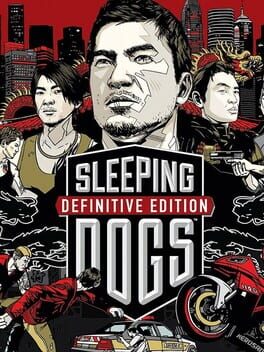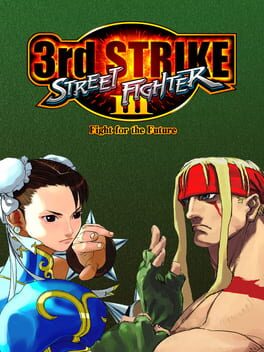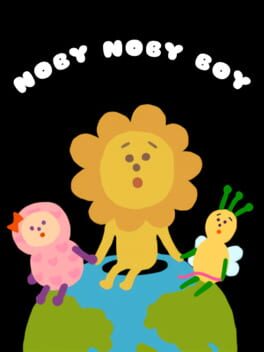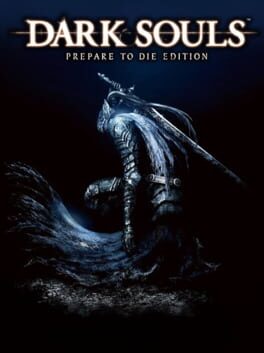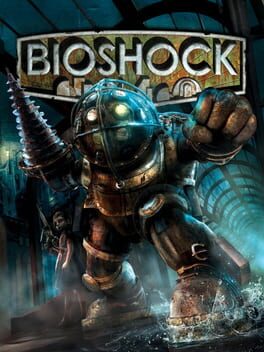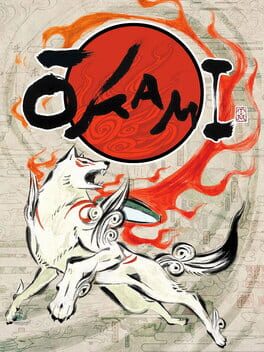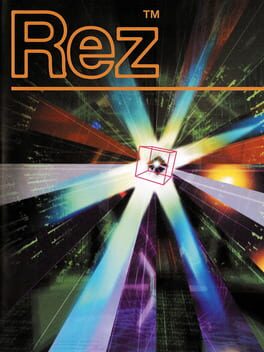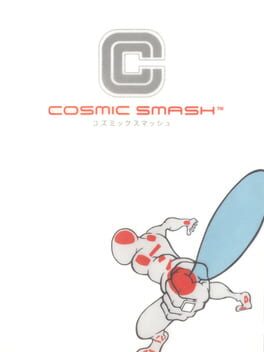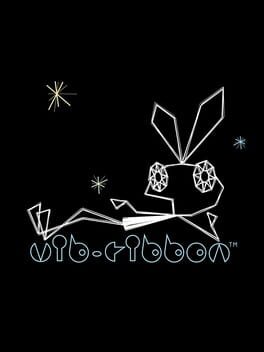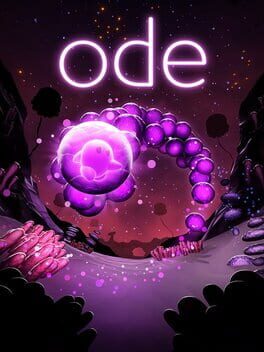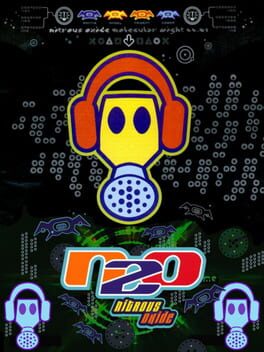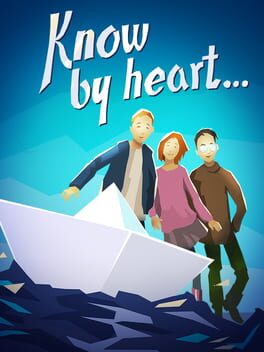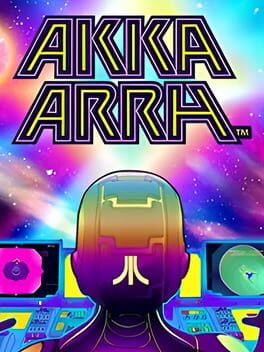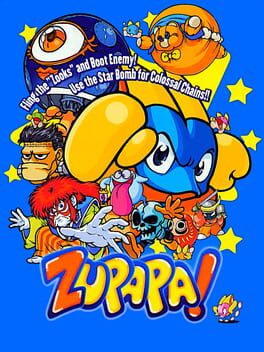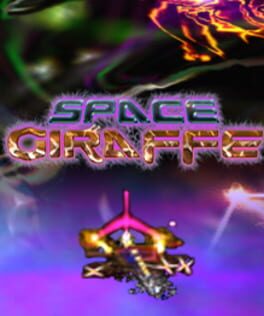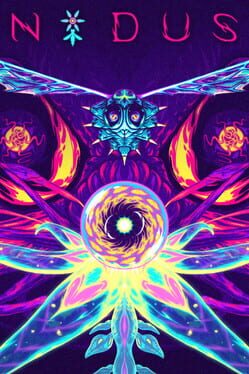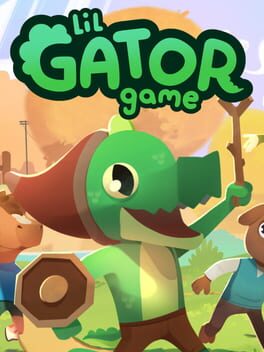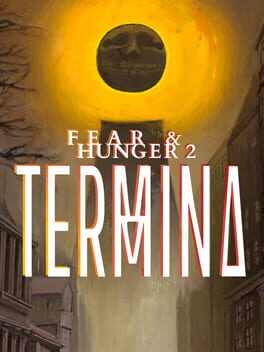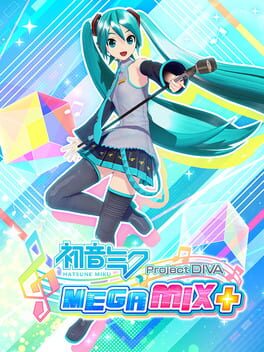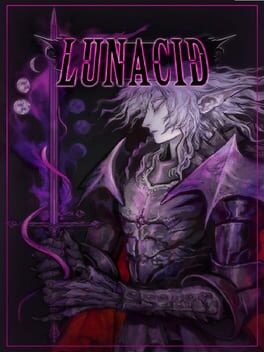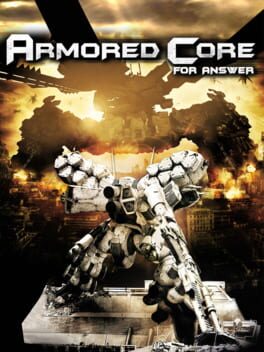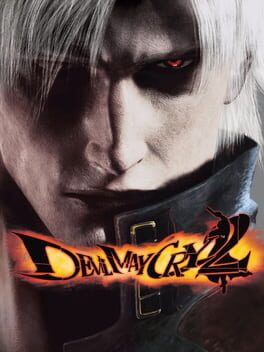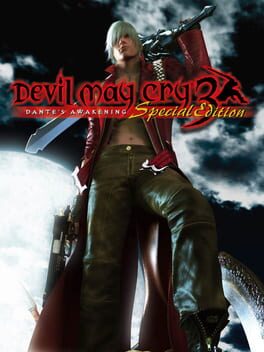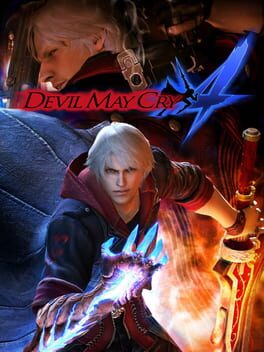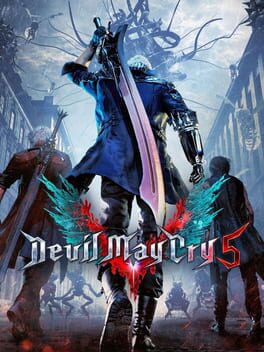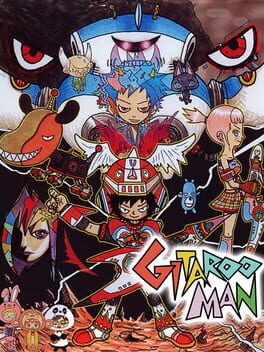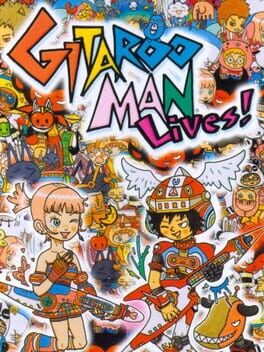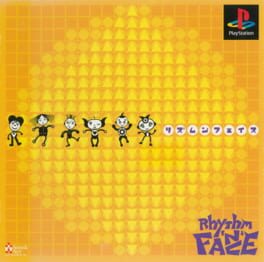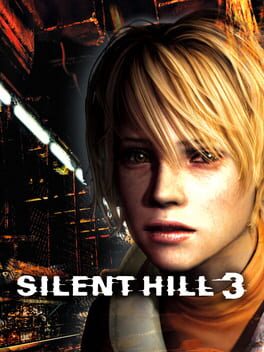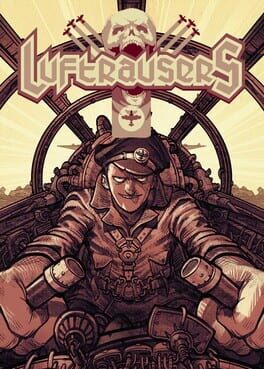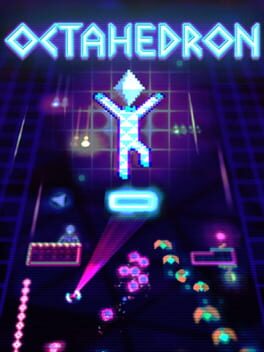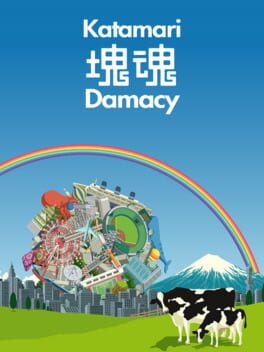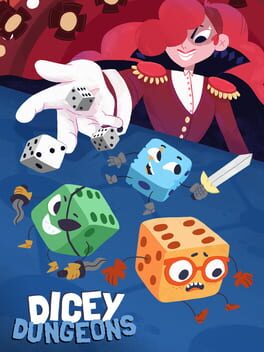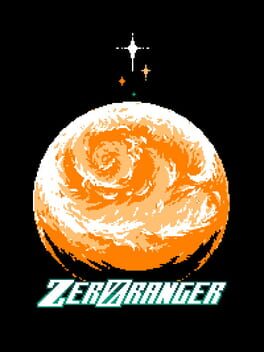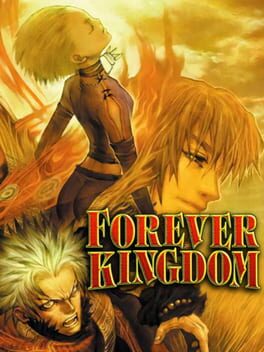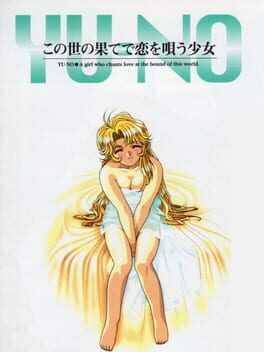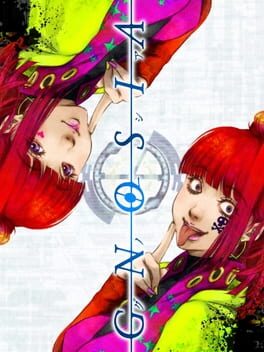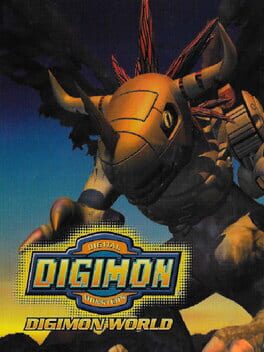Teog
77 reviews liked by Teog
Dark Souls III
2016
drunk thoughts:
- our spectacle is entirely metatextual
-The game is a fail at the beginning. the drama adopts the triads as an aesthetic element rather than as a real device for conflict. Any protocol or issue related to the triads is taken more from the collective imagination, more from and closer to the mafias of Europe than to those of Asia.
Of course, in the end, the bad guy was the Occidental.
-Less vulgar (vulgar images and spaces are good) than it appears and more organized (poorly) than it should. Any moment is approached from the same common ground as all modern action games with open-world structures: (efficient) fights and (horrible) shootouts here, chases there, on foot or in vehicles. Follow the line on the minimap, don't get lost.
and bro, nothing really matters when no set-piece takes advantage of the architecture. Why Hong Kong? I play because I'm supposed to be Hong Kong, but until I raise the camera slightly I can't tell these digital streets apart from others I've already seen. The camera does not emphasize anything or let me take a look on my own, it is hermetic and protocol business.
And how can it be? There is pampering here. Yes there is architectural mime (I guess)
-the True -True Crime Hong Kong: the city is a zombie set where the little life of space begins and ends with its references to the cinema. God, what a pain to see PTU reduced to a couple of fights and encryption minigames
Anyone who has seen Johnnie To knows that the monster, the titan and the biggest character in HK cinema is the city itself.
but here is just a wallpaper.
- our spectacle is entirely metatextual
-The game is a fail at the beginning. the drama adopts the triads as an aesthetic element rather than as a real device for conflict. Any protocol or issue related to the triads is taken more from the collective imagination, more from and closer to the mafias of Europe than to those of Asia.
Of course, in the end, the bad guy was the Occidental.
-Less vulgar (vulgar images and spaces are good) than it appears and more organized (poorly) than it should. Any moment is approached from the same common ground as all modern action games with open-world structures: (efficient) fights and (horrible) shootouts here, chases there, on foot or in vehicles. Follow the line on the minimap, don't get lost.
and bro, nothing really matters when no set-piece takes advantage of the architecture. Why Hong Kong? I play because I'm supposed to be Hong Kong, but until I raise the camera slightly I can't tell these digital streets apart from others I've already seen. The camera does not emphasize anything or let me take a look on my own, it is hermetic and protocol business.
And how can it be? There is pampering here. Yes there is architectural mime (I guess)
-the True -True Crime Hong Kong: the city is a zombie set where the little life of space begins and ends with its references to the cinema. God, what a pain to see PTU reduced to a couple of fights and encryption minigames
Anyone who has seen Johnnie To knows that the monster, the titan and the biggest character in HK cinema is the city itself.
but here is just a wallpaper.
Disco Elysium is undeniably one of the most concentrated, and achieved, works to focus on individual introspection on the most granular level. It’s clear about it from the get go, it begins with a typical RPG character builder, then an inner dialogue, with the background of a pitch black screen, then the first steps in the game in a cramped hotel room, where the inner voices will be your first companions, and finally the first long dialogue tree being established with, of course, a mirror. There is an important detail revealed in this first contact, the main character doesn’t remember anything, not even his own name. If there is not a memory, not a past, only one thing remains, the current self. The absence and rediscovery of identity flow in a perpetual conversation from our protagonist to the whole of Martinaise and back.
Though its RPG abstractions may seem childish at first (and they are, as in imaginative), the game creates a system to represent the particular human being through their various voices/traits. It zooms into what seemed to be already atomic and divides again. It may look like a total misunderstanding of something that is impossible to classify, let alone gamify, though, the brilliance is in being unashamed of its decision, of using the system as a means to construct the being, and not as a goal.
The presence of a layer of humor helps to ease its mechanical premise, and it won’t take long to be delighted with the flavor that each voice has. This same humor helps to introduce its devastated world. Disco Elysium’s premise is an easy subject to throw in the misery well, yet the total opposite occurs. The at first chaotic mind of our detective turns out to be the perfect lenses through which to discover an hypersensorial world where each corner and conversation is a suggestive sign of life, past or present, still palpable regardless. As our job is that of a detective, our instinct will be of adventuring, exploring and, of course, talking. The conversations are soon revealed as labyrinths where each character traces a glimpse of their own world. A world so present and so alive in so many people that their existence and their connection end up weaving the tapestry that is the true human life of seemingly dead Martinaise.
The game is insistent on searching for life in the home of death. A commercial mall where no store survives becomes the place for a woman to give birth to roleplaying dice, even if the roleplayers and game makers are gone too. An abandoned church becomes the home of the night raves of the youth that wants to connect with the ethereal in their own terms. The human vitalism is evident, the melancholy of Disco Elysium is noticing that the unstoppable external interests to exploit Martinaise inevitably permeate every one of these lives.
After life -- death;
After death -- life again.
Though its RPG abstractions may seem childish at first (and they are, as in imaginative), the game creates a system to represent the particular human being through their various voices/traits. It zooms into what seemed to be already atomic and divides again. It may look like a total misunderstanding of something that is impossible to classify, let alone gamify, though, the brilliance is in being unashamed of its decision, of using the system as a means to construct the being, and not as a goal.
The presence of a layer of humor helps to ease its mechanical premise, and it won’t take long to be delighted with the flavor that each voice has. This same humor helps to introduce its devastated world. Disco Elysium’s premise is an easy subject to throw in the misery well, yet the total opposite occurs. The at first chaotic mind of our detective turns out to be the perfect lenses through which to discover an hypersensorial world where each corner and conversation is a suggestive sign of life, past or present, still palpable regardless. As our job is that of a detective, our instinct will be of adventuring, exploring and, of course, talking. The conversations are soon revealed as labyrinths where each character traces a glimpse of their own world. A world so present and so alive in so many people that their existence and their connection end up weaving the tapestry that is the true human life of seemingly dead Martinaise.
The game is insistent on searching for life in the home of death. A commercial mall where no store survives becomes the place for a woman to give birth to roleplaying dice, even if the roleplayers and game makers are gone too. An abandoned church becomes the home of the night raves of the youth that wants to connect with the ethereal in their own terms. The human vitalism is evident, the melancholy of Disco Elysium is noticing that the unstoppable external interests to exploit Martinaise inevitably permeate every one of these lives.
After life -- death;
After death -- life again.
"You know, there are many different approaches you can take to game design. One approach, which we took in SF3, is to design your game around "unanswerables." I think with any game, players will search for the best tactic, the best strategy... like, if X happens, you should always do Y; if you do this here, you'll always win. There's competitive games like that, where the match is essentially a confrontation of theoretical knowledge that each player has built up. But Street Fighter 3 is a game that, by design, doesn't have a fixed answer to those questions. There is no "best" tactic; you can spend your whole life trying to find the perfect theoretical approach to a situation in SF3, but it will never be quite right. You always have to be reading your opponent in the moment; you can't just fall back on your theories. It's a game that lets you search for answers... Forever."
- Shinichiro Obata, Street Fighter III planner, Capcom Japan
- Shinichiro Obata, Street Fighter III planner, Capcom Japan
Noby Noby Boy
2009
Cuando me regalaron una vieja PS3 pirateada venia ya este juego instalado, la verdad que al principio lo prejuzgaba mucho por parecerme muy infantil con esos diseños de Discovery Kids y decidí pasar de largo sin haberlo probado.
No fue hasta que me dejaron a cargo de cuidar a mi sobrina y la dejé con Noby Noby Boy.
A cada rato ella me llamaba por cualquier cosa que podia hacer en el juego, una frase más increíble que la interior... hasta que lo vi en pantalla, ver para creer como dicen.
No sé bien como describir a Noby Noby Boy, te dan un espacio lleno de juguetes pero solo te dejan agarrar uno solo, ese uno acaba siendo el mejor juguete que cualquier nene o nena puede tener en su vida.
Las cinco estrellas que le tengo a este juego no es por haberlo jugado, es por ver a ella disfrutar como nunca con Noby Noby Boy y realizar cosas que creía imposible en un juego. Me guardo cada historia y momento en mi cabeza como álbum familiar.
El bichito que se estira y se encoge no tendría tanta vida sin las manos de inocencia.
Ojalá más juegos como este y ojalá volver a ser niña.
No fue hasta que me dejaron a cargo de cuidar a mi sobrina y la dejé con Noby Noby Boy.
A cada rato ella me llamaba por cualquier cosa que podia hacer en el juego, una frase más increíble que la interior... hasta que lo vi en pantalla, ver para creer como dicen.
No sé bien como describir a Noby Noby Boy, te dan un espacio lleno de juguetes pero solo te dejan agarrar uno solo, ese uno acaba siendo el mejor juguete que cualquier nene o nena puede tener en su vida.
Las cinco estrellas que le tengo a este juego no es por haberlo jugado, es por ver a ella disfrutar como nunca con Noby Noby Boy y realizar cosas que creía imposible en un juego. Me guardo cada historia y momento en mi cabeza como álbum familiar.
El bichito que se estira y se encoge no tendría tanta vida sin las manos de inocencia.
Ojalá más juegos como este y ojalá volver a ser niña.
Tu pequeñez al cruzar ciudades divinas, arrasadas por el tiempo. Usar las almas de los enemigos como moneda de cambio, la humanidad como forma de mantener la cordura, sentarte abatido para descansar en la hoguera. La magia omnipresente, no en las luces de los hechizos que lanzamos, sino en los lugares que visitamos: dragones en puentes, estatuas de piedra que cobran vida en jardines secretos, muros ilusorios que desvelan mundos ocultos. Un juego de descender: a los abismos más oscuros de la humanidad, a la peor decadencia de los dioses, a los infiernos que creamos y llevamos dentro. La empatía por los compañeros de viaje que nos cruzamos por el camino; cada uno con sus propios problemas y motivaciones; todos con algún detalle característico que los vuelve únicos e inolvidables. No solo observamos sus historias, los acompañamos, les ayudamos y nos ayudan, mediamos y determinamos sus caminos. Pero al final, solo un resultado. Y cómo duele ese resultado. Da igual las veces que me haya pasado el juego, la desolación absoluta de la guardiana del Santuario de Fuego me seguirá conmoviendo. Su pequeña ilusión de que todo se arregle, que la maldición termine y su dolor cese avivando la llama original me seguirá rompiendo algo por dentro.
-Texto originalmente escrito en noviembre de 2019
¿De qué va Dark Souls?
- Repaso de la desmitificación, el tema principal del juego. Junio de 2019
Izalith Perdida
-Análisis de la zona más infame y una de mis favoritas. Mayo de 2021
Recopilación de fanarts
Hoguera consumida
-Crítica a la prensa de videojuegos y a la decadencia de la saga. Febrero 2022.
Quería dejar recopilado todo esto aquí porque seguramente no vuelva a escribir más sobre Dark Souls. Me dejo en el tintero fragmentos de un texto que nunca tomó forma sobre la humanidad y el abismo (al estilo del de Izalith) y que ya no merece la pena rescatar. Es el juego que más me ha marcado y cada vez que he vuelto a él he sacado cosas nuevas. Me ha tenido años obsesionado reccurrentemente, durante largos periodos, desde la primera vez que lo jugué. Es mi juego favorito y lo que encuentro en él no lo he visto en ningún otro. Simplemente ya toca pasar página. Tras haber jugado Demon's, DS3, Bloodborne, Sekiro y haber mirado atrás y descubierto los orígenes de fromsoft en King's Field y Shadow Tower, con una visión general más clara, ya solo me queda jugar Dark Souls 2 este verano y cerrar definitivamente el círculo.
-Texto originalmente escrito en noviembre de 2019
¿De qué va Dark Souls?
- Repaso de la desmitificación, el tema principal del juego. Junio de 2019
Izalith Perdida
-Análisis de la zona más infame y una de mis favoritas. Mayo de 2021
Recopilación de fanarts
Hoguera consumida
-Crítica a la prensa de videojuegos y a la decadencia de la saga. Febrero 2022.
Quería dejar recopilado todo esto aquí porque seguramente no vuelva a escribir más sobre Dark Souls. Me dejo en el tintero fragmentos de un texto que nunca tomó forma sobre la humanidad y el abismo (al estilo del de Izalith) y que ya no merece la pena rescatar. Es el juego que más me ha marcado y cada vez que he vuelto a él he sacado cosas nuevas. Me ha tenido años obsesionado reccurrentemente, durante largos periodos, desde la primera vez que lo jugué. Es mi juego favorito y lo que encuentro en él no lo he visto en ningún otro. Simplemente ya toca pasar página. Tras haber jugado Demon's, DS3, Bloodborne, Sekiro y haber mirado atrás y descubierto los orígenes de fromsoft en King's Field y Shadow Tower, con una visión general más clara, ya solo me queda jugar Dark Souls 2 este verano y cerrar definitivamente el círculo.
Mother
1989
Mitología estadounidense a través de infinitas referencias a la cultura pop aplicada a un juego de género, que explota la libertad de su base para presentar una aventura de inocencia e ingenuidad. La música como el elemento mágico, capaz de salvar a la humanidad de su propia oscuridad. ¿Qué haces cuando el fin del mundo llama a la puerta? Bailas. ¿Cómo vences al malo y salvas el mundo? Cantando.
Versión larga: https://yosoyira.medium.com/mother-a1ebd1625ba3
Versión larga: https://yosoyira.medium.com/mother-a1ebd1625ba3
Super Hexagon
2012
While I can't help but admire Terry Cavanagh's commitment to his concept, Super Hexagon is more compelling to watch than to play. The visuals have a unique hypnotic beauty, and you can even close your eyes and get lost in Chipzel's urgent, ever-evolving soundtrack. But as an arcade-style challenge, Super Hexagon doesn't keep me coming back for more. Its simplicity is its greatest strength and weakness. The paradox follows: Super Hexagon would be less remarkable if it were more complex, yet I find myself wanting more of a reason to stay engaged as a player outside of getting used to the game's patterns to arrive at a sense of accomplishment. Being a mere spectator allows me to focus on Cavanagh's artistic conviction as well as relish the interplay between Chipzel's music, the pulsing shapes, and the constant string of narrowly avoided collisions; playing Super Hexagon leads me to question its long-term experiential appeal.
Proteus
2013
Maybe it's just my personal associations with the pixelated view of a world full of nature and my memories of the indie scene at the time, but the first impression of Proteus is reminiscent of Minecraft. Where the world importance comes from its elements and not their particular arrangement, capable of being procedurally generated, making each particular world unique and common at the same time. The major difference, all your world changing actions are taken away. What is left is one of the most important aspects in any game, and in life, to observe. Navigating through a hypersensitive world, since observation and perception are the sole focus, everything seems to carry some life.
Observing how the world changes and how perception changes the world. Getting atop a mountain when the rain comes to see the sky again, to know what time it is, look down again to see that the land has turned into the sea, descend into it and watch how the sky is now the sea. To find comfort upon finding that this world has a moon when the night comes too. Try to find a pattern in the stars, look at the land and see that the lights are mirrored below. Discover that, same as everywhere, magic appears at night.
One of the most important moments is to stand still and observe what's out of reach. How the clouds move, how the sun goes down and how the moon rises on the opposite side. Everything is the life of nature, except for the human tombstones. Because it's about opposites too. To appear on the sea facing the land where to spend the rest of your time. To do anything but escape the cycle of day and night and then seasons and then life.
If Proteus is about life, and life is about observing, the game, of course, can only end in one way. An eye getting closed.
Observing how the world changes and how perception changes the world. Getting atop a mountain when the rain comes to see the sky again, to know what time it is, look down again to see that the land has turned into the sea, descend into it and watch how the sky is now the sea. To find comfort upon finding that this world has a moon when the night comes too. Try to find a pattern in the stars, look at the land and see that the lights are mirrored below. Discover that, same as everywhere, magic appears at night.
One of the most important moments is to stand still and observe what's out of reach. How the clouds move, how the sun goes down and how the moon rises on the opposite side. Everything is the life of nature, except for the human tombstones. Because it's about opposites too. To appear on the sea facing the land where to spend the rest of your time. To do anything but escape the cycle of day and night and then seasons and then life.
If Proteus is about life, and life is about observing, the game, of course, can only end in one way. An eye getting closed.
Super Mario Bros.
1985
I made a video about this game for the 35th anniversary (it's on Spanish, but you can see English subtitles): https://youtu.be/8rqiakCOatU
---------------------------------------------------------------------------------
The importance of the original Super Mario Bros. can't be understated: It doesn't have to do with being a genre pioneer, since games like Jump Bug, Pitfall or Pac-Land already included the jump mechanic, and the Mario franchise already had two games behind its back: Donkey Kong and Mario Bros. It isn't about being the sidescrolling game either, since Pac-Land's and Jump Bug's also scrolled their screens alongside the player, and a few days after the original Super Mario we had Makaimura on the arcades, which also included the jump mechanic alongside a screen that followed the player. What differentiates Super Mario Bros. from its predecessors is the creation of a world surrounding a mechanic, specifically the jump.
Shigeru Miyamoto's focus is the direct perception of the interactive premise for the player's immersion, and for that purpose there is particular care to the tangible effect of the environments. In simpler terms, that you can perceive the worlds physically. The key element is the depth in the aerial maneuverability. Super Mario Bros. allows a detailed control of the avatar while moving in the air. The weight of gravity in the impulse, the inertia in the jump direction in opposition to the player's command, and the feeling to confront the game's physical laws. To redirect the path of the avatar the stronger one presses the button. Such capability gives the aerial space to take relevance in the gameplay, since it's how the player decides their position, and thus the player becomes conscious of its position at any moment.
To give purpose to these controls, the game turns jumping in the main form of interacting with the environment. Obstacles can be avoided through jumping, similarly to Pac-Land, which was Super Mario Bros.'s main inspiration, but enemies can be defeated if we step on them, and that becomes a step forward by adding variables that react to our presence. The other form of including the jump in the gameplay is to hit blocks. Some of them contain coins that allow an additional chance to continue if you collect hundred of them, others contain upgrades to take a hit, being able to attack at distance, or time-limited invincibility. Some of them contain extra lives, others can be broken to make a path, or even allow access to other areas. The content of the blocks isn't immediately obvious since its appearance doesn't follow a pattern. They can be signaled, they can appear as another type of block and they can even be invisible. Basically, they're a secret, and this gives the game the sense of hiding more than what it appears to have, since it's optional content.
The intention of a world with a hidden face is manifested through pipes that lead to underground (or even underwater) passages, or vines that climb up to a world hidden in the sky. Even passages outside of the conventional interface of the game. That's why the decision of verticality as an abstraction of depth takes paramount importance to build places far from the surface, from what we know at first sight, and the focus on the vertical jump becomes thus a coherent decision since those are places that aren't reachable by just jumping, and they're hidden to our virtual body.
Because of how important it is to the progress of the player alongside its integration with the main mechanic of the game, the presence of a hidden world becomes an omnipresent feeling that differentiates Super Mario Bros. from other platformers that came after due to its influence, even among its own successors, because it means that the player perceives, decides its progress and leaves its presence in the world through jumping. Miyamoto turned thus this mechanic as a vehicle to expand the possibilities of exploration and personal body expression in a way that thirty-five years later still remains radical.
There's a last design decision that is very special and I haven't covered yet, and it is not being able to turn back. It isn't due to technical limitations since many of the previously mentioned games allowed it. Not being able to turn back is a deliberate decision because it makes the player potentially miss content that they won't be able to get if they didn't know about it, and that resonates to a surprisingly more profound level: The possibility to have missed something, to not have visited a place in a journey, to have taken something for granted at a certain point in time, because there's no coming back. By appealing to this sensation, the game's world takes presence in the player's mind even after having left an area behind, or even the whole game, because there's the lingering feeling of everything we didn't know and everything that could have helped us. That feeling is absent in the Mario games that came to the west after this one, which gives the original an unique quality. It's this sentiment that immortalizes Shigeru Miyamoto's masterpiece beyond what it meant back in the 80s in front of its predecessors, and it still represents the promise of videogames of worlds that can still capture our imaginations and warp our minds to them.
---------------------------------------------------------------------------------
The importance of the original Super Mario Bros. can't be understated: It doesn't have to do with being a genre pioneer, since games like Jump Bug, Pitfall or Pac-Land already included the jump mechanic, and the Mario franchise already had two games behind its back: Donkey Kong and Mario Bros. It isn't about being the sidescrolling game either, since Pac-Land's and Jump Bug's also scrolled their screens alongside the player, and a few days after the original Super Mario we had Makaimura on the arcades, which also included the jump mechanic alongside a screen that followed the player. What differentiates Super Mario Bros. from its predecessors is the creation of a world surrounding a mechanic, specifically the jump.
Shigeru Miyamoto's focus is the direct perception of the interactive premise for the player's immersion, and for that purpose there is particular care to the tangible effect of the environments. In simpler terms, that you can perceive the worlds physically. The key element is the depth in the aerial maneuverability. Super Mario Bros. allows a detailed control of the avatar while moving in the air. The weight of gravity in the impulse, the inertia in the jump direction in opposition to the player's command, and the feeling to confront the game's physical laws. To redirect the path of the avatar the stronger one presses the button. Such capability gives the aerial space to take relevance in the gameplay, since it's how the player decides their position, and thus the player becomes conscious of its position at any moment.
To give purpose to these controls, the game turns jumping in the main form of interacting with the environment. Obstacles can be avoided through jumping, similarly to Pac-Land, which was Super Mario Bros.'s main inspiration, but enemies can be defeated if we step on them, and that becomes a step forward by adding variables that react to our presence. The other form of including the jump in the gameplay is to hit blocks. Some of them contain coins that allow an additional chance to continue if you collect hundred of them, others contain upgrades to take a hit, being able to attack at distance, or time-limited invincibility. Some of them contain extra lives, others can be broken to make a path, or even allow access to other areas. The content of the blocks isn't immediately obvious since its appearance doesn't follow a pattern. They can be signaled, they can appear as another type of block and they can even be invisible. Basically, they're a secret, and this gives the game the sense of hiding more than what it appears to have, since it's optional content.
The intention of a world with a hidden face is manifested through pipes that lead to underground (or even underwater) passages, or vines that climb up to a world hidden in the sky. Even passages outside of the conventional interface of the game. That's why the decision of verticality as an abstraction of depth takes paramount importance to build places far from the surface, from what we know at first sight, and the focus on the vertical jump becomes thus a coherent decision since those are places that aren't reachable by just jumping, and they're hidden to our virtual body.
Because of how important it is to the progress of the player alongside its integration with the main mechanic of the game, the presence of a hidden world becomes an omnipresent feeling that differentiates Super Mario Bros. from other platformers that came after due to its influence, even among its own successors, because it means that the player perceives, decides its progress and leaves its presence in the world through jumping. Miyamoto turned thus this mechanic as a vehicle to expand the possibilities of exploration and personal body expression in a way that thirty-five years later still remains radical.
There's a last design decision that is very special and I haven't covered yet, and it is not being able to turn back. It isn't due to technical limitations since many of the previously mentioned games allowed it. Not being able to turn back is a deliberate decision because it makes the player potentially miss content that they won't be able to get if they didn't know about it, and that resonates to a surprisingly more profound level: The possibility to have missed something, to not have visited a place in a journey, to have taken something for granted at a certain point in time, because there's no coming back. By appealing to this sensation, the game's world takes presence in the player's mind even after having left an area behind, or even the whole game, because there's the lingering feeling of everything we didn't know and everything that could have helped us. That feeling is absent in the Mario games that came to the west after this one, which gives the original an unique quality. It's this sentiment that immortalizes Shigeru Miyamoto's masterpiece beyond what it meant back in the 80s in front of its predecessors, and it still represents the promise of videogames of worlds that can still capture our imaginations and warp our minds to them.
19 lists liked by Teog
by VulpesInculta |
41 Games
by vehemently |
76 Games
by Ira |
15 Games
by Ira |
18 Games
by TheMatee |
23 Games
by Ardwyw_mp3 |
99 Games
by Micho |
14 Games
by ivb |
15 Games
by rubenmg |
19 Games

